Brands and retailers know how critical it is to put the customer first and offer some level of personalization. Continue reading “How to personalize the digital customer journey”
Category: b2b
In-store marketing effectiveness: 4 proven case studies
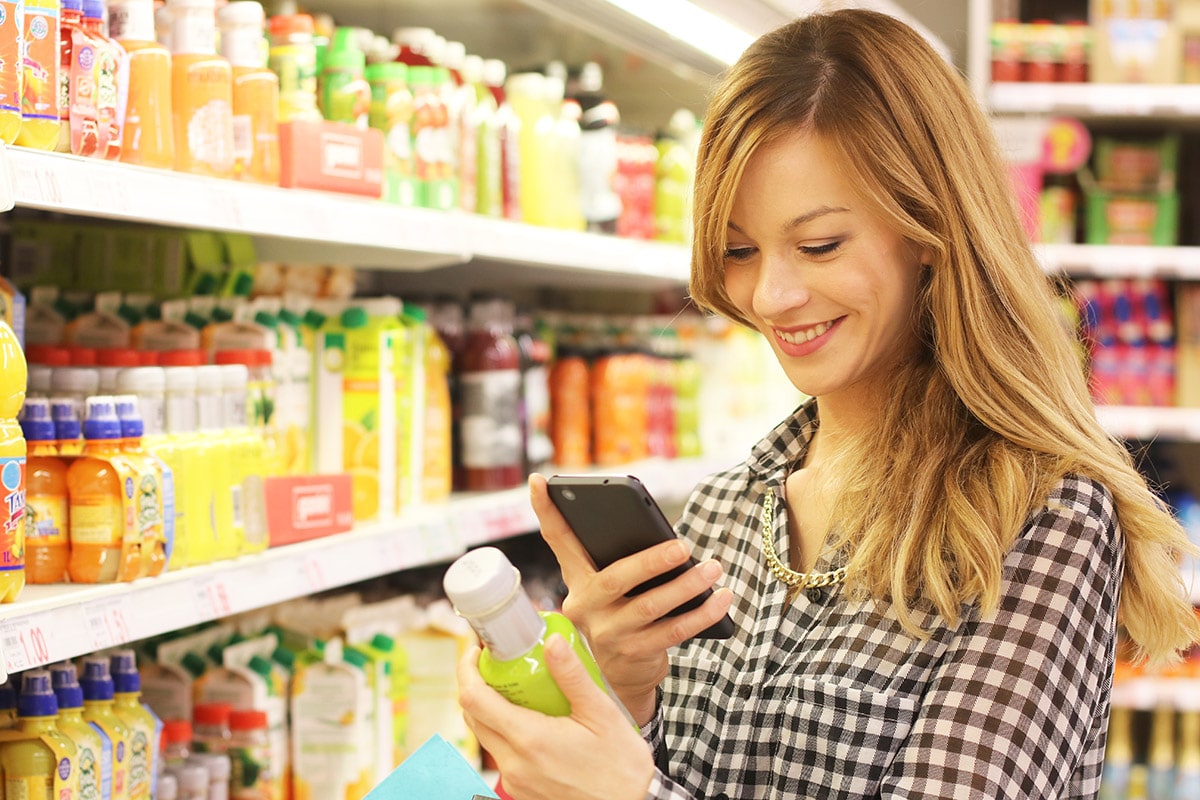
In-store marketing effectiveness: 4 proven case studies
- Greets each shopper upon entering the store
- Discusses the latest product news
- Directs and personally ushers shoppers to specific items in-aisle
- Answers questions
- Assists with purchase
This holistic customer experience is guaranteed to leave shoppers feeling satisfied and well cared for. Shopkick has the ability to deliver that same in-store marketing effectiveness in one convenient app, and partner with virtually any CPG brand or retailer. The loyalty program works by offering kicks (reward points) to mobile app users, which can later be redeemed for gift cards to popular retailers like Walmart, Target and Amazon, dining options like Starbucks, and even entertainment options like AMC, iTunes, and Hotels.com. Traditionally, brands have relied on end cap displays, in-aisle discounts, and coupons to capture the attention of shoppers upon their arrival to the store. However, these advertising tactics have become static and are increasingly ignored by customers. Worst of all, these methods force brands to slash prices, chipping away at their market value and profit margins. Shopkick incentivizes shoppers to actively interact with brands by rewarding them for their store visits, for scanning product barcodes in-aisle, browsing digital “lookbooks,” watching informative branded videos, and more. This method of rewarding customers for non-monetized activities successfully leads shoppers down the purchase funnel to a final point of sale, ultimately earning them lucrative bonus kicks.
- 84% of shoppers use mobile in-store.
- Digital displays are 2.5x more effective than static signs.
- Pre-shop research increases in-store spend by an average of 13%.
- 56% of customers want to see, touch, and interact with products in-person before buying.
Leading brands know they can’t expect to be marketplace leaders by using the same marketing strategies year after year. They must continually adapt, using the best available marketing stacks, tools, and resources. Continue reading to see how key CPG players like Claritin, Kraft, Barilla, and Georgia-Pacific partnered with Shopkick to educate, inspire, and boost their in-store marketing effectiveness.
Claritin
Claritin is the third-leading brand of over-the-counter allergy medication with over $238 million in annual sales. During peak allergy season, they needed a way to differentiate their products from direct competitors on Walmart shelves nationwide. Shopkick offered the brand a way to drive sales without damaging profit margins. First, educational in-app content drove brand and product awareness while shoppers were still at home, and encouraged shoppers to seek out the product during their next visit to Walmart. Once in store, Shopkick guided shoppers to shelf, and offered rewards for locating and scanning several products across Claritin’s brand portfolio. By offering rewards for engaging with the products at-shelf, and for purchasing Claritin over competitors in the crowded allergy aisle, many shoppers who hadn’t planned to purchase the product ended up with a box in their cart.

Campaign Goals
- Build Brand Awareness
- Drive Trial and Consideration
- Boost Sales
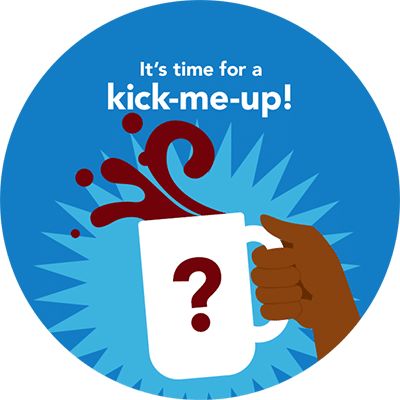
Shopkick Solution
- Provide Educational In-App Content
- Guide Shoppers to Product At-Shelf
- Reward Shoppers for Product Engagement
- Reward Shoppers Additional Points for Purchasing
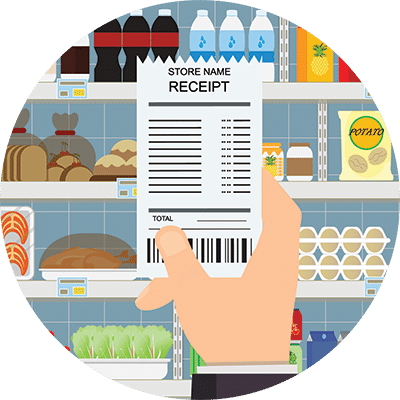
Results
- Over 28M campaign impressions
- 4:1 Return On Investment
- 59% Unplanned Incremental Sales
Kraft
Kraft® represents the third-largest food company in North America. The CPG brand was looking to increase sales of Baker’s Chocolate, Jell-O pudding, and JET-PUFFED marshmallows at Walmart during the busy holiday shopping season. With Shopkick, the brand was able to reach shoppers as they were planning their store shopping lists with holiday-inspired recipes and content, helping to boost awareness and purchase intent at home. Once in store, Shopkickers were sent on an gamified scavenger hunt through the store to find those three specific Kraft® products in-aisle. After earning reward points for scanning the product barcodes, many shoppers went on to purchase. By bundling these three products and offering heightened kicks for purchasing all three, Shopkick helped Kraft® boost incremental sales across multiple product lines.

Campaign Goals
- Build Brand Awareness
- Drive Trial and Consideration
- Boost Sales

Shopkick Solution
- Provide Educational In-App Content
- Cross-Promote Products
- Guide Shoppers to Products At-Shelf
- Reward Shoppers for Product Engagement
- Reward Shoppers Additional Points for Purchasing

Results
- Over 9M In-Store Engagements
- Over 18M Campaign Impressions
- 27% Conversion Rate
- 7:6.1 Return On Investment
- 55% Incremental Purchases
Barilla
Barilla enjoys notoriety as the world’s leading pasta maker, responsible for roughly 45% of the Italian and 25% of the American market share. Barilla partnered with Shopkick to boost the momentum of their new Pasta Pronto product launch, and differentiate the line from other Barilla products. Shopkick inspired shoppers at home by rewarding them for viewing in-app native video and lookbook content, which helped grow awareness and explained the unique benefits of the new product line. Shopkick users received additional rewards for locating Pasta Pronto in Target and Walmart stores nationwide. After scanning the product barcode and physically engaging with the new product in-aisle, shoppers converted at a high rate.

Campaign Goals
- Build Product Awareness
- Drive Trial
- Boost Sales

Shopkick Solution
- Provide Educational In-App Content
- Guide Shoppers to Product At-Shelf
- Reward Shoppers for Product Engagement
- Reward Shoppers Additional Points for Proof of Purchase

Results
- 66% Brand Awareness Increase
- 50% Conversion Rate
- 68% Lift in Future Purchase Intent
Georgia-Pacific
Georgia-Pacific operates under many household names, including Angel Soft, Quilted Northern, Brawny, and Dixie. The CPG brand partnered with Shopkick at the launch of their new Dixie Ultra Deep Dish Plates in hopes of building awareness, trial, and consideration across Walmart stores nationwide. Shopkick first introduced the new product through branded lookbook and video content at home. Once shoppers were in-store, Shopkick guided them to the paper goods aisle, and incentivized them to physically pick up the new product at-shelf. While the product was still in shoppers hands, Shopkick’s innovative post-scan video feature highlighted differentiating product details, increasing trial and consideration. Shopkick then went on to reward consumers with additional points for purchasing the product.

Campaign Goals
- Build Brand Awareness
- Drive Trial and Consideration
- Boost Sales

Shopkick Solution
- Provide Educational In-App Content
- Guide Shoppers to Product At-Shelf
- Use Post-Scan Video to Spotlight Product Features
- Reward Shoppers for Product Engagement and Purchase
- Offer Dynamic Kicks to Drive Sales

Results
- Over 16M Impressions Total
- 1.7M Impressions In-Store
- 99% Video Completion Rate
- 50% Incremental Purchase
Drive In-Store Marketing Effectiveness With a Proven Differentiator
Debbie Zefting, Barilla Director of Shopper Strategy and Engagement, said it best:
The results driven for Claritin, Kraft, Barilla, and Georgia-Pacific indicate the importance of reaching customers at each stage throughout the shopping journey, and implementing effective in-store marketing strategies. Shoppers have long held the technology we needed to reach them directly. With the widespread adoption of smartphones in recent years and the ever-growing desire to simplify life through helpful, interactive apps, Shopkick is the right solution at the right time. Shopkick is unique in the fact that it not only engages customers at home, but also on the go, in the store, and at the crucial point of decision-making. Best of all, Shopkick drives engagement and sales without coupons or discounts, allowing partners to drive sales at full price and preserve margins.
Shopkick is a popular mobile app that rewards shoppers for engagement with partnering brands, particularly at the point of purchase in-aisle. Shopkick is a powerful tool for in-store marketing effectiveness, helping brands surpass competitors. Contact us to see how easy it is to get started and achieve significant ROI.
CPG brand marketing: Building a brand identity that fosters loyalty

The CPG industry has seen a number of dramatic shifts over the past decade, with the digitization of many aspects of daily life and the rise of high-quality, private label brands.
Continue reading “CPG brand marketing: Building a brand identity that fosters loyalty”
How customer expectations in retail are changing amid the pandemic
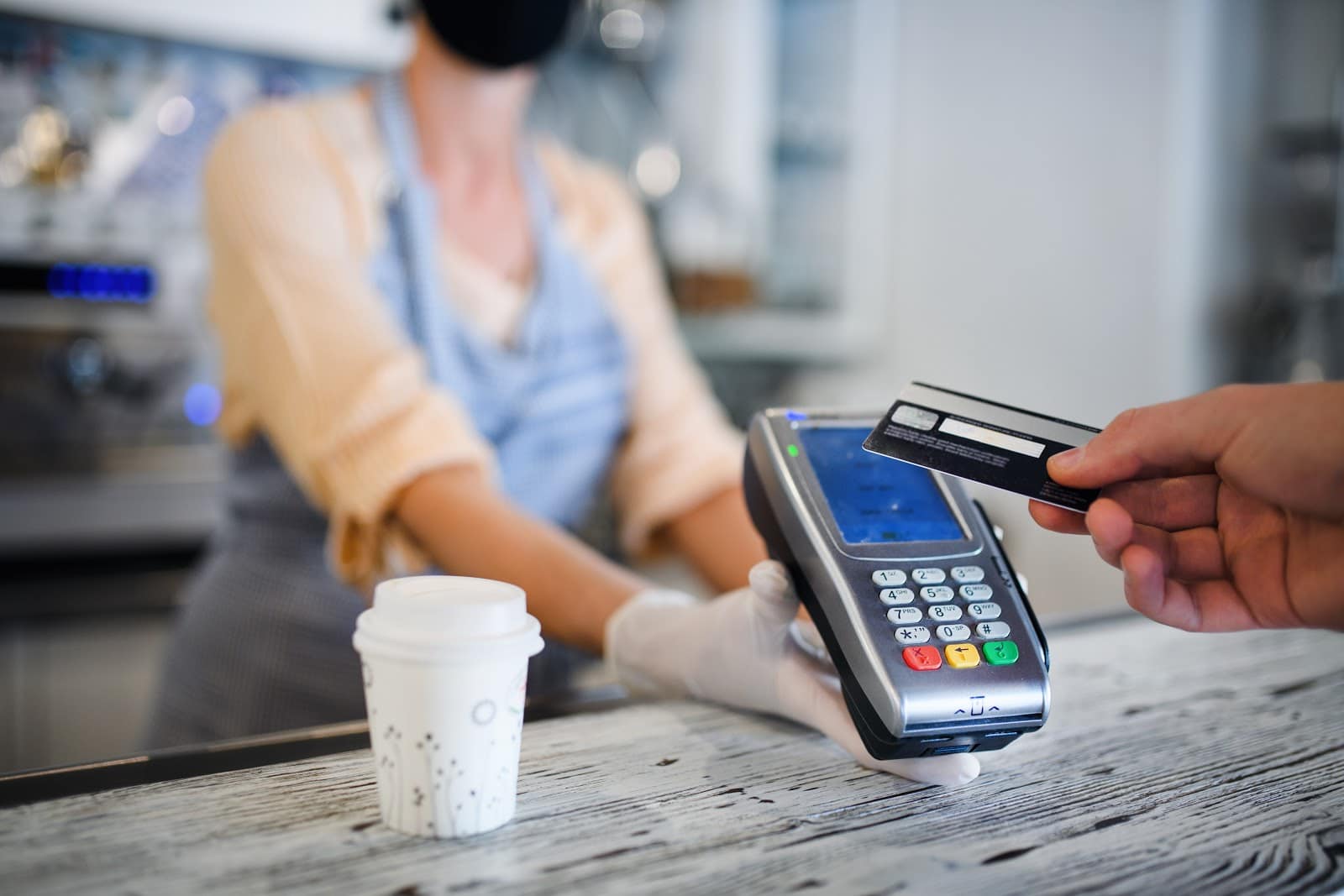
Although the coronavirus’ presence will likely diminish over time, its impact on the retail space and beyond could have everlasting effects. Continue reading “How customer expectations in retail are changing amid the pandemic”
How showrooming in retail increases product interaction and leads to sales
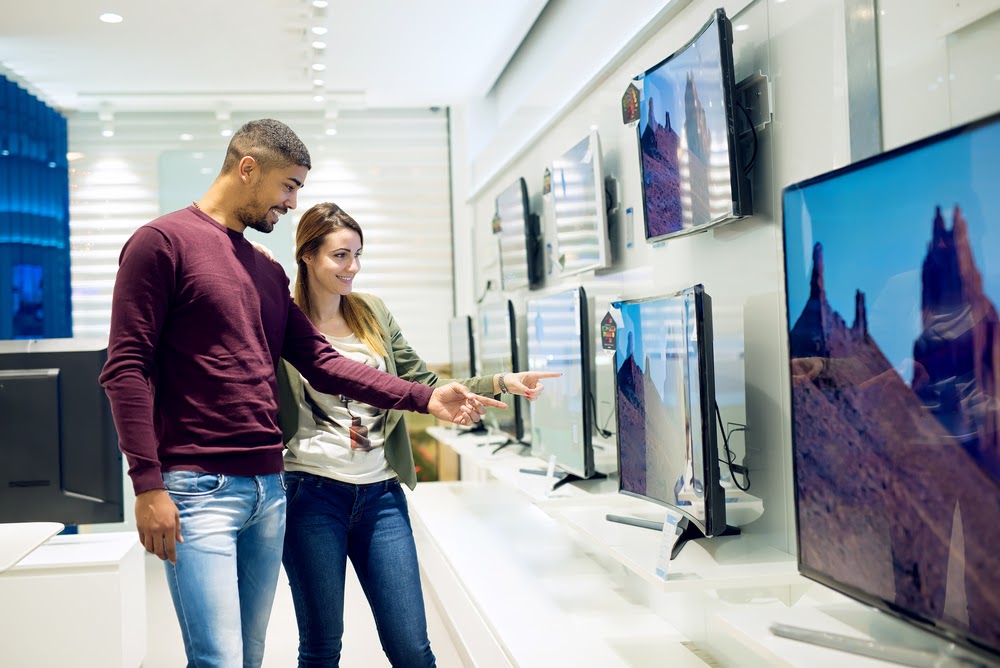
Showrooming in retail describes the process in which a consumer looks at a product in the store and then purchases it online, oftentimes at a lower price point. Continue reading “How showrooming in retail increases product interaction and leads to sales”
3 effective digital marketing strategies to increase brand awareness
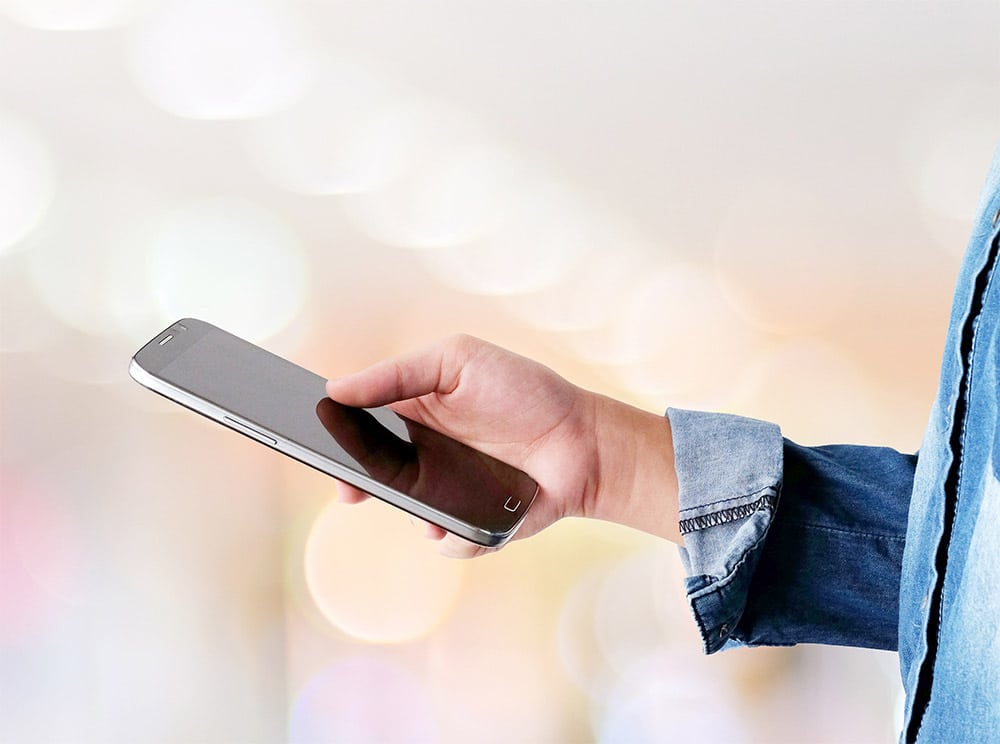
3 effective digital marketing strategies to increase brand awareness
Digital marketing is an effective way to drive and increase brand awareness—for many reasons. By implementing digital marketing strategies to increase brand awareness, brands and retailers:
- Meet shoppers where they are: Americans spend over 12 hours a day interacting with digital media, be it radio, TV, laptops, and mobile phones. Reliance on foot traffic and in-person interactions can only go so far. Without a robust digital presence, it will likely be difficult to sustain a reasonable amount of growth.
- Engage early: Many shoppers have admitted to doing research digitally at home long before they head to a store to make a purchase. Search terms that include the word “brand”—such as “beauty brands,” “best purse brands,” and “men’s watch brands”—are among the most frequently searched. Consumers are also using location-based search queries like “pizza near me” or “toy stores near me” to help them plan their in-store trips. And, 52% of shoppers are using mobile devices while in stores to narrow down their purchase options.
- Enhance the customer experience: It’s important for brands to have a social media presence. These days, many consumers use social media to research and communicate with brands. Brand interactions happen in real-time, so it’s important to take the opportunity to connect, whether it’s with an already loyal customer or someone entirely new.
- Target the right audiences: The digital sphere allows brands to hit every target with a different hyper-focused, personalized campaign, not to mention connect with people all along the purchase journey—even those who are just starting to get familiar with a brand. Outlining products and services, as well as company history, mission, and values is a great way to entice firstcomers.
- Remain flexible and responsive: If an in-store display isn’t converting as well as hoped, it could take hours, days, or even months to alter the plan. On the other hand, digital marketers can make real-time changes immediately if they notice customers bouncing off the website or complaining on social media, for example.
Search Engine Optimization, content marketing, Pay Per Click advertising, social media marketing, and press releases are still relevant ways of reaching new customers; but this guide focuses on the effectiveness of cross-channel brand storytelling, combined with some of the more exciting, breakthrough digital marketing strategies to increase brand awareness and create a buzz.
3 Digital Marketing Strategies to Increase Brand Awareness
1. Cross-Channel Brand Storytelling
To build a digital brand, you’ll use various channels: your company website, a blog, social media, email subscriber lists, video channels, and mobile apps. Making sure your brand’s story is consistent across your various digital channels is an important first step in strengthening brand awareness.
Today’s digital-savvy consumers routinely switch between channels before making a purchase—much different from a decade ago. The demand for multi-channel shopping experiences is an undeniable and irreversible trend.
- Being authentic: Listening to customers, prospects, and employees about what motivated them to choose your brand can tell you a lot. Take a look at the competition to consider what you do better and what marketplace trends exist. Think about why your company was started and how your brand has modernized over the years. In order for a company to have a strong narrative, it needs to take a clear stance on a particular problem it intends to solve and be 100% transparent about how it will achieve this solution.
- Answering questions: Early in the sales funnel, you want to focus on answering questions like: Who are you and what do you value? Why should I care about what you have to offer? What are the potential outcomes for me if I act or don’t act? Initial interactions should be informal, easily skimmable, and not overly salesy. On social media, you want to attract attention and solicit shares with content that is intriguing, useful, and emotion-evoking, whether it’s funny, clever, or heart-warming.
- Working together: Don’t work in silos. All parties working on a project should have regular conversations—monthly, at a minimum. Work out campaign messaging to align with particular goals. The stories and technical information shared should be universal across platforms to build authenticity and trust. Sure, your message on Twitter will be short and sweet, while the corresponding message on YouTube may be more visual and your blog’s content may be more in-depth. But no matter what, you should have similar colors, images, voice, and talking points.
- Consistent SEO: Google will connect information about your brand pulled from various sources across the internet. The “Knowledge Graph,” as it’s called, benefits from consistent Search Engine Optimization efforts from digital channel to digital channel. Any discrepancies could hurt your search visibility—while a consistent keyword strategy will be beneficial, connecting traffic to your site.
2. Mobile Communications
Mobile communications can be delivered via email, SMS/text, your custom-developed app, and mobile websites. The ability to connect with people in real-time, when they are closest to making a final purchase decision, is a tremendous asset.
App-based marketing allows you the ability to leverage:
- in-store search, scan, and mapping
- buy online, pick up in-store offers
- mobile ordering for out-of-stock items
- real-time status updates for orders
Having your own mobile app can boost sales 15%, but who says you have to stop there? You can also partner with a third-party shopping app like Shopkick to expand your reach.
In-App Video
Video is an excellent storytelling medium where, in a relatively short amount of time, you can capture audience interest, sway emotions, and demonstrate your unique selling proposition.
There are many ways to use video in-app:
- Show your product in action.
- Deliver a tutorial for a soft sell.
- Feature customer testimonials.
- Entertain with product use ideas.
- Tell a story from start to finish.
In one case study, pasta maker Barilla saw a 66% lift in brand awareness for their no-boil pasta. Fifty-percent of shoppers who viewed Barilla’s in-app video converted to a purchase.
Proximity Marketing
Location-based marketing using beacons and text or in-app messaging allows marketers to reach consumers when they’re near a product or location. When mobile customers search using the phrase “near me,” they can connect with your brand in real-time.
Shopkick is a rewards-based proximity marketing program that uses points—known as “kicks”—to encourage store visits, purchases, and product engagement. Users can log into the app to see nearby kick offers from partnering brands and retailers. These interactions drive sales and brand recall, while providing actionable insights into consumer behavior.
Mobile Rewards
Shopkick users are attracted to the mobile shopping app because it offers them rewards for shopping—something they likely do regularly. The goal is to encourage members to visit partner stores and check out partner brands. They earn points by viewing curated content like lookbooks and in-app videos, by locating and scanning products at-shelf, and by making desired purchases. Shoppers redeem their points for gift cards, so you preserve value, since you’re not using coupons or discounts.
The incentives offered by Shopkick truly help brands boost awareness and consideration at each stage along the path to purchase.
3. Strategic Partnerships
How do you get into the unknown prospect’s mind prior to a shopping trip? One method is to reach out to new audiences using another company’s digital channels of communication.
When you partner with Shopkick, for instance, app users first learn of your brand during their pre-trip planning. They’ll see you’re offering kicks in exchange for in-store brand interactions. And depending on your campaign, they may be able to watch videos and learn more about your brand on a mobile device—anytime, anywhere.
Shopkick offers our partners the opportunity to increase brand awareness among motivated shoppers. Contact us to see the benefits of partnering with Shopkick and adding this platform to your marketing mix.
Top of mind awareness: leveraging mobile on the path to purchase
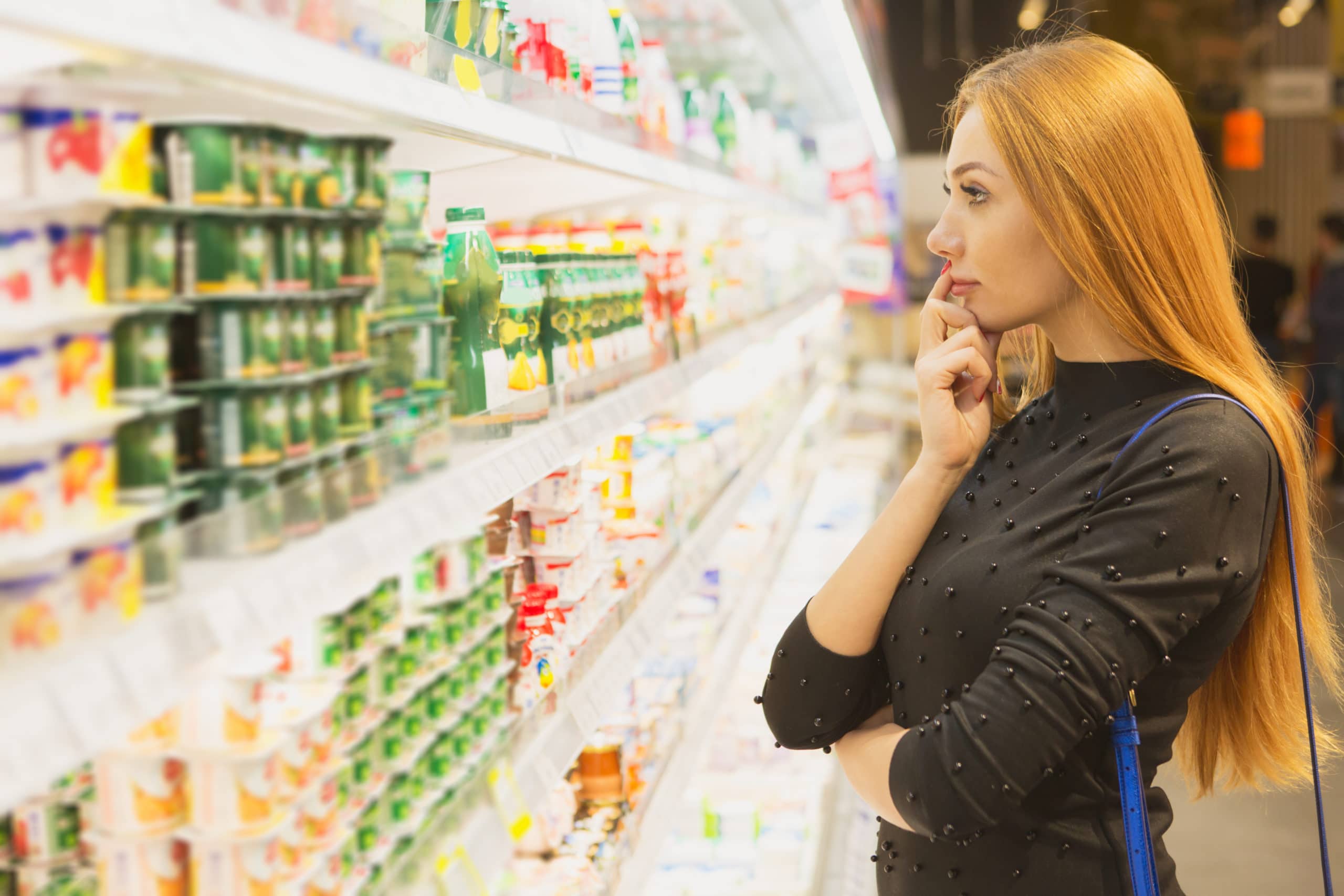
Brands that have earned high top-of-mind awareness gobble up market share effortlessly. Continue reading “Top of mind awareness: leveraging mobile on the path to purchase”
The top 3 benefits of omnichannel marketing

When brands and retailers leverage an omnichannel marketing strategy to create a seamless retail experience for consumers, the benefits are significant—especially with consumer expectations rising. Continue reading “The top 3 benefits of omnichannel marketing”
Customer loyalty app: 3 most important qualities when rewarding loyalty
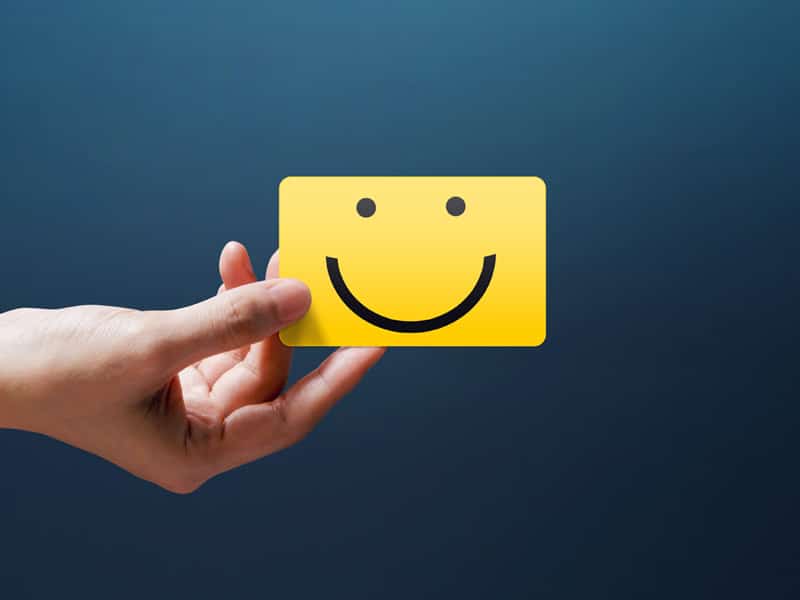
Customer loyalty app: 3 most important qualities when rewarding loyalty
Efficient customer loyalty apps facilitate transactions, store personal data, offer a direct link to shopping assistants, solve customer pain points, and provide instant gratification. When considering how to reward customer loyalty, brands and retailers should be sure their customer loyalty apps offer these services and are also personalized, engaging, and user-friendly.
The 3 Most Important Qualities of a Customer Loyalty App
1. Personalization
When it comes to rewarding loyalty, personalization tops the list of most important qualities. A customer loyalty app that lacks personalization tends to lead to customer dissatisfaction. Consumers expect personalization as a standard of service. A customer loyalty app should be set up to continuously track customers’ buying and browsing histories to find ways to personalize the next interaction.
In order to meet consumer personalization expectations, brands and retailers must understand that some will download their app for the rewards points, while others may like enhanced customer service, recommendations, and access to exclusive offers. These consumers may look at a customer loyalty app as:
- utilitarian (inherently useful): offering coupons, discounts, free shipping, no-hassle returns;
- hedonic (evoking pleasant sensations): offering early sale access, express checkout, personalized recommendations; or
- symbolic (representative of values): providing feelings of importance, superiority, and satisfaction with “VIP” status.
While utilitarian benefits are more directly related to short-term buyer satisfaction and likely get a potential customer’s “foot in the door,” it will be the hedonic and symbolic values that ultimately equate more with long-term customer loyalty.
Brands and retailers should tailor their customer loyalty programs to encourage long-term customer loyalty. One effective way to do this is with a tiered loyalty program. The top tiers should be as benefit-rich as possible, encouraging shoppers to remain loyal in order to reach the next level of rewards. Studies have shown that the top 10% of a brand’s customer base is spending three times more than the average customer, and the top one percent is spending five times more. This uber-loyal group is not simply motivated by deep discounts but by the services offered through a personalized customer loyalty program.
2. Engagement
Rewards programs are about more than accruing points. Customer loyalty app users are looking for an enhanced experience. Ideally, customers will use apps to engage with a brand for a sustained amount of time in ways that are productive and rewarding. App satisfaction then, in turn, produces more than transactional loyalty—but long-term brand affinity.
Retailers can think of apps as a marketing venue for the creation of compelling content and an opportunity to delight buyers. Users want to use apps because they’re fun and they make the shopping experience more convenient. Shoppers want to engage with brands that understand them, go the extra mile for them, and resonate with their core values and lifestyles.
In-Store Functionality
Shoppers aren’t simply using customer loyalty apps to shop online; they’re also logging into apps in-store for help with their purchases. Nearly 60% of shoppers look up products or pricing information while in brick-and-mortar stores. In grocery stores, 68% of shoppers use mobile apps to locate desired items, check inventory, look for deals, and to self- checkout. Adding digital touchpoints to facilitate easier in-store shopping is not only highly influential, but it’s still a competitive differentiator, as only 1 in 10 retail apps include functionality designed specifically for the in-store experience.
Customer loyalty apps should be equipped to:
- Include product photos, descriptions, pricing, and reviews.
- Use mapping technology and in-store navigation to help shoppers find items on their list.
- Allow item scanning and mobile checkout or buy online pick up in-store (BOPIS).
- Send personalized, real-time offers with in-store beacons.
Intelligent Communications
Push notifications can be a key to increasing order volumes and store visits. Ideally, a loyalty app’s push notifications:
- Appeal with conversational tone.
- Keep wording brief, with a CTA.
- Attach a clear offer or incentive.
- Use images when possible.
- Segment users by geography.
Some savvy app users may disable push notifications from the get-go. That doesn’t mean you lose the opportunity to communicate with them, but it does mean you have to find a workaround—in-app messaging is the ticket.
In-app messaging best practices include:
- Letting users know when they have “leveled up” to a new reward tier.
- Asking users for reviews & feedback.
- Encouraging product discovery.
- Sharing personalized reminders.
- Announcing interesting, timely news.
- Providing a visual digital storefront.
- Confirming actions and purchases.
Instant Gratification
Instant gratification is one reason shoppers come back to an app time and time again. Surveys show 78% of consumers prefer instant, digital access to rewards over email offers or mail-in rebates. You needn’t offer big price slashes in order to win loyalty, however. Most shoppers thrive on a points-based system that provides the instant gratification of advancing toward an end goal.
Shopkick is a mobile rewards platform that enables brand and retail partners to appeal to shoppers with:
- curated lookbooks
- video ads
- product-scan missions
- special promotions
- bundled offers
- action-based rewards
In turn, shoppers engage with retailers through the platform to earn loyalty points they can redeem toward a gift card of their choosing.
By gamifying the shopping experience, Shopkick turns a humdrum trip to the store into a virtual scavenger hunt, with rewards points around every turn. Shoppers also have access to information they need to make purchase decisions and can learn about new brands or products.
3. User-Friendliness
A user-friendly design is crucial to attracting and maintaining loyalty. Even if a person loves what you have to offer, he or she is likely to delete an app and shop elsewhere if the app experience doesn’t meet their expectations.
- Intuitive navigation with a grid layout or tucked-away panel, avoiding complex drop-downs and pop-ups.
- A custom visual interface that will work on the smaller screen of an old flip phone as well as the large screen of the latest smartphone, for example.
- A fast path to checkout (if the app allows mobile shopping) with saved data and automatic reward application to minimize the path to purchase.
- The ability to pay in multiple ways, from Visa and Mastercard to PayPal and Venmo.
- App security features—an area that has become increasingly more important in recent years.
Shopkick is an innovative rewards app that fosters customer loyalty through personalization, engagement, and user-friendliness. Our partners use Shopkick to drive sales, steal market share, and produce incredible ROI. Contact us to see how Shopkick can work for you.
Americans’ Shopping Concerns Around COVID-19 Are Subsiding
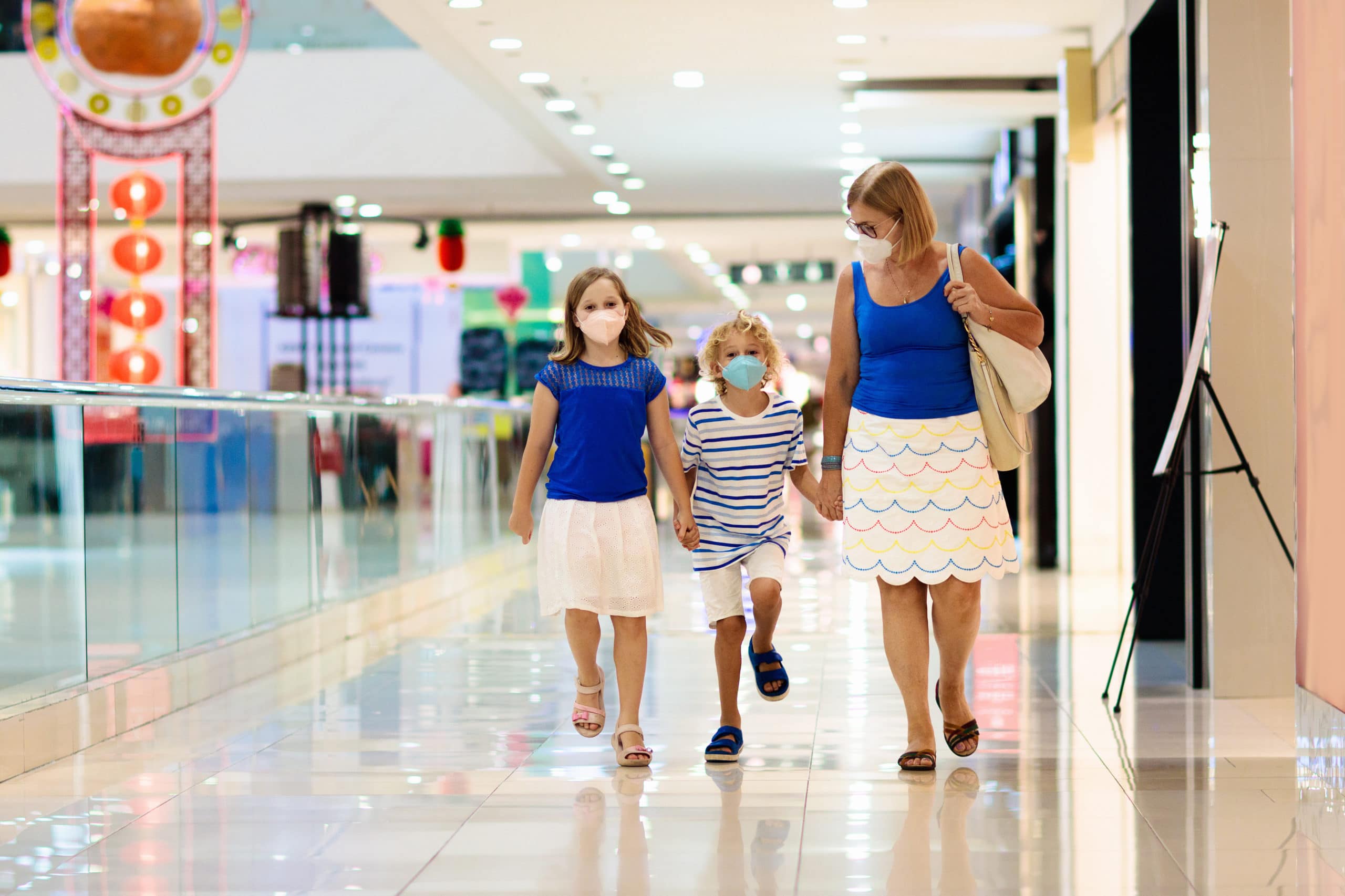
More than half of consumers report shopping in-store multiple times per week
Continue reading “Americans’ Shopping Concerns Around COVID-19 Are Subsiding”
Reaching a new audience: How to build customer loyalty in retail
By now we are all painfully aware of the cost difference between acquiring a new customer and keeping an existing one. Continue reading “Reaching a new audience: How to build customer loyalty in retail”
How CPG brands can benefit from an incentive-based marketing approach

Consumer packaged goods (CPG) sit on shelves amid hundreds (or even thousands) of other products. Continue reading “How CPG brands can benefit from an incentive-based marketing approach”
